In what industry analysts are calling “too little, too late,” Tesla’s cheaper Model Y Standard priced at $39,990 and Model 3 Standard at $36,990 have officially launched for the European market—but face brutal competition from Chinese rival BYD and budget-friendly European brands offering electric vehicles under $30,000. The launch comes as Tesla’s Europe sales have collapsed 40% in July 2025 compared to the previous year, with the company’s market share tumbling to just 0.7% while BYD has tripled its sales (up 225%) and captured 1.1% market share, overtaking Elon Musk’s once-dominant EV maker in what analysts call a “watershed moment” for Europe’s electric vehicle landscape. With Tesla’s Model Y—formerly Europe’s best-selling vehicle in 2023—now representing just 1.5% of the market, the company’s new affordable offerings arrive amid a perfect storm of aging product lines, fierce Chinese competition, and significant brand damage from Musk’s controversial political involvement.
Pricing Reality Check
Tesla unveiled what it calls more affordable versions, but the pricing reveals the challenge Musk faces in competing with ultra-cheap rivals:
Tesla’s new Standard models:
- Model Y Standard: $39,990 (€37,500 estimated)
- Model 3 Standard: $36,990 (€34,700 estimated)
- Range: Both claim to be Tesla’s most efficient models yet
- Features stripped: No premium audio, simpler wheels, basic interior
- Delivery timeline: November-December 2025 (Model Y), December-January 2026 (Model 3)
The Competition Costs Half as Much
Compare Tesla’s “affordable” pricing to what European consumers actually consider budget-friendly:
Direct European competitors:
- Dacia Spring: €16,800 ($17,900) – Less than half Model 3’s price
- BYD Dolphin Surf: €23,000 ($24,500) – 37% cheaper than Model Y
- Citroën e-C3: €23,300 ($24,800) – 34% cheaper than Model Y
- MG4: Starting around €26,000 ($27,700)
- Fiat 500e: €29,950 ($31,900)
Tesla’s “cheap” Model Y costs nearly double what Dacia Spring costs, and 73% more than BYD’s Dolphin—a mathematical reality that undermines Tesla’s value proposition for budget-conscious European buyers.
The $7,500 Tax Credit Disaster
Worst Possible Timing
Tesla vehicles received a $7,500 effective price hike just one week before the “affordable” models launched, when the federal tax credit expired. This timing catastrophe means:
Real-world pricing impact:
- Last week’s price: Model 3 effectively $29,490 with tax credit
- This week’s price: Model 3 Standard $36,990 without credit
- Net increase: $7,500 more expensive than previous generation
- Consumer perception: “Cheaper” models actually cost MORE than recent alternatives
As Electrek noted, Tesla is now selling “more affordable” models that cost “$2,000+ more than last week” when factoring in the eliminated subsidy.
Investor Disappointment
Tesla stock dropped about 4% an hour after the unveiling as investors were apparently looking for more price competitive offerings. Wall Street expected the long-promised $25,000 Tesla—not models priced 48-60% higher.
For years, Tesla has talked about a cheaper car, though the two new “standard” models are priced well above the $25,000 price tag promised.
Europe Sales Catastrophe: The Numbers Tell a Brutal Story
Tesla’s 40% Collapse
The European market data reveals the severity of Tesla’s crisis:
July 2025 sales comparison:
- Tesla sales plunged 40% in July compared to 2024 figures
- In July 2025, BYD registered 13,503 new vehicles in Europe, marking 225% year-on-year growth and overtaking Tesla, which saw registrations plummet 40%
- In July only, BYD secured a market share of 1.1% in the EU, overtaking Tesla’s 0.7%
Key European markets devastated:
- In Germany, Tesla car sales fell to 1,110 units in July, down 55.1% from the same month in 2024. The number of Teslas sold in Europe’s largest economy over January-July plunged by 57.8% to 10,000 units
- UK sales: Down more than 55% year-over-year
- Tesla’s EV sales in Europe are plunging, with a 27% drop in France alone
BYD’s Unstoppable Rise
While Tesla crumbles, Chinese competitor BYD dominates:
BYD’s European success:
- BYD saw an increase of 359% in April over the same period thanks to its broad and competitive line up of fully electric vehicles and plug-in hybrids
- BYD beats Tesla in European EV sales despite EU tariffs—even with protectionist measures, BYD crushes Tesla
- “A watershed moment for Europe’s car market,” said Felipe Munoz, Global Analyst at Jato Dynamics
Why Tesla Is Losing Europe: Beyond Just Price
Elon Musk’s Brand Damage
Tesla faces a number of challenges in Europe including continued intense competition and brand damage from Elon Musk’s political involvement.
European consumers, particularly in progressive markets like Germany, France, and Scandinavia, increasingly view Tesla as politically toxic due to Musk’s:
Political controversies alienating Europeans:
- Support for right-wing political figures and movements
- Controversial statements on immigration and social issues
- Perceived alignment with authoritarian leaders
- Twitter/X platform management controversies
- Anti-regulatory rhetoric conflicting with EU values
Protests against CEO Elon Musk and the company in the region have become commonplace, with some buyers explicitly citing political reasons for choosing competitors.
Aging Product Lineup
Analyst Matthias Schmidt notes that Tesla’s model lineup is becoming increasingly outdated:
Product staleness problems:
- Model 3: First launched 2017, minimal fundamental changes
- Model Y: Based on 2017 Model 3 platform, derivative design
- No new mass-market models: Cybertruck and Roadster irrelevant to European market
- Refresh delays: Updated Model Y arrived late, incremental improvements only
- Competitor freshness: BYD, MG, Volkswagen releasing new models constantly
The recent Model Y interior and exterior improvements generated temporary sales bumps, but Chinese EV makers are mercilessly taking over, the latest rising competitor being BYD, which increased its sales by more than 200% in July and more than 250% during the first seven months in 2025.
Global Delivery Crisis Extends to 2025
Worldwide Decline Continues
Tesla’s European struggles reflect broader global challenges:
2024 performance:
- First-ever annual delivery decline in company history
- Global deliveries dropped despite EV market growth
- Market share erosion across all major regions
2025 projections:
- Analysts forecast 10% further global delivery decline
- Q3 2025 deliveries below expectations
- Cybertruck production not offsetting Model 3/Y losses
China Market Equally Challenging
While Europe battles BYD, Tesla faces even fiercer competition in China:
- BYD dominates Chinese domestic market with 50%+ market share
- Tesla’s Shanghai Gigafactory facing utilization challenges
- Chinese consumers increasingly favor domestic brands
- Price wars forcing unsustainable margin compression
Can Standard Models Reverse the Decline?
Analyst Skepticism Prevails
Industry experts remain unconvinced that Tesla’s new budget offerings will meaningfully impact market dynamics.
Analyst Matthias Schmidt’s assessment: “The cheaper Model Y may add some momentum, but it won’t bring about major market changes.”
Why Standard models likely fail:
- Still too expensive: Double the price of Dacia Spring, 73% more than BYD Dolphin
- Feature compromises obvious: Stripped interiors and basic equipment disappoint premium brand expectations
- Brand damage persists: Political controversies don’t disappear with lower prices
- Competition accelerating: Chinese brands launching even cheaper models continuously
- Tax credit elimination: Net price increases offset “affordability” messaging
What Tesla Actually Needs
To genuinely compete in Europe, Tesla would require:
Real solutions:
- True $25,000 model: The long-promised affordable Tesla that never materialized
- European design sensitivity: Vehicles styled for European preferences, not American tastes
- Brand rehabilitation: Distance from Musk’s controversial persona
- Fresh product cycle: All-new platforms, not platform derivatives
- Local production: European Gigafactory producing Europe-specific models
The Chinese EV Tsunami Continues
Beyond BYD: Multiple Threats
BYD isn’t Tesla’s only Chinese problem in Europe:
Other Chinese competitors gaining traction:
- MG (SAIC): Strong UK presence, expanding continent-wide
- NIO: Premium positioning, battery swap technology
- XPeng: Technology-focused positioning
- Polestar: Geely-owned, European design language
- Aiways, Lynk & Co, ORA: Budget and mid-range segments
EU Tariffs Prove Ineffective
BYD’s success in the EU comes despite the economic bloc’s imposition of tariffs, demonstrating that even protectionist measures cannot stop the Chinese EV onslaught. European consumers prioritize value and features over trade policy.
Why tariffs fail:
- Chinese EVs remain cheaper even with tariffs
- Superior technology and features justify premium over European budget brands
- Local assembly plans circumvent import duties
- Consumer demand for affordable EVs overwhelming
Market Share Meltdown: From Dominance to Irrelevance
The Stunning Fall
Tesla’s Model Y achieved remarkable success in 2023, becoming Europe’s best-selling vehicle overall—an unprecedented achievement for an electric vehicle. Just two years later, market share has collapsed to 1.5%, illustrating the speed of Tesla’s European decline.
Market share trajectory:
- 2023: Model Y best-selling car in Europe (all powertrains)
- 2024: Market share declining quarter-over-quarter
- 2025: Just 1.5% market share, behind BYD and multiple competitors
Volkswagen Group’s EV Resurgence
The biggest winner in the EV game was Volkswagen, with the European EV market surging last month with a 28% increase in sales.
Volkswagen’s ID family, Audi e-tron models, and Škoda Enyaq collectively outsell Tesla significantly, demonstrating that established European automakers have successfully transitioned to electric powertrains while maintaining brand loyalty.
Image Alt Text: Europe EV market share chart showing Tesla Model Y decline from best-selling 2023 to 1.5 percent while BYD Volkswagen gain 2025
What This Means for Tesla’s Future
Strategic Crossroads
Tesla faces critical decisions about European market commitment:
Option 1: Double down
- Launch genuinely affordable $25K model for Europe
- Build European-specific designs and features
- Increase Gigafactory Berlin production significantly
- Aggressive pricing to match Chinese competitors
Option 2: Strategic retreat
- Accept niche premium position with limited market share
- Focus resources on North American and developing markets
- Maintain small European presence without major investment
- Prioritize profitability over volume
Option 3: Status quo decline
- Continue current strategy hoping for market turnaround
- Incremental price cuts and minor refreshes
- Gradual market share erosion
- Risk of eventual European irrelevance
The $25,000 Model That Never Came
For years, Musk promised a revolutionary $25,000 Tesla that would democratize EV ownership. Instead, that project was abruptly canceled by Tesla CEO in favor of focusing on robotaxis and autonomous technology—a strategic decision that now looks catastrophic for European competitiveness.
Chinese manufacturers actually delivered on affordable EVs while Tesla chased futuristic autonomy visions that remain years from realization.
Conclusion: A Brand in Crisis
Tesla’s cheaper Model Y and Model 3 Standard models represent tactical adjustments insufficient to address strategic market failures. Priced nearly double direct competitors, arriving after a $7,500 tax credit elimination, and burdened by significant brand damage from Elon Musk’s political controversies, these “affordable” Teslas face an uphill battle in Europe’s brutally competitive EV market.
With 40% sales declines, market share collapsing to 0.7%, and BYD tripling sales while capturing market leadership, Tesla’s European crisis extends far beyond pricing. The company needs fundamental strategic reinvention—genuinely affordable models, fresh designs, European manufacturing scale, and brand rehabilitation—to reverse its fortunes.
For now, Matthias Schmidt’s assessment rings true: the cheaper Model Y may add marginal momentum, but it won’t create the market transformation Tesla desperately needs. As Chinese manufacturers flood Europe with sub-$30,000 EVs offering competitive technology and features, Tesla’s mid-$30,000 “budget” models look expensive, outdated, and politically toxic—a trifecta guaranteeing continued decline in the world’s most competitive EV market.
External Resources:



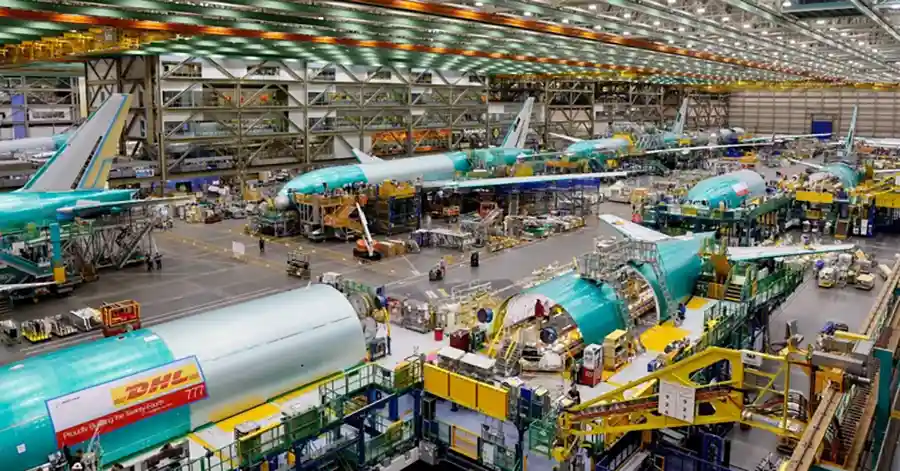





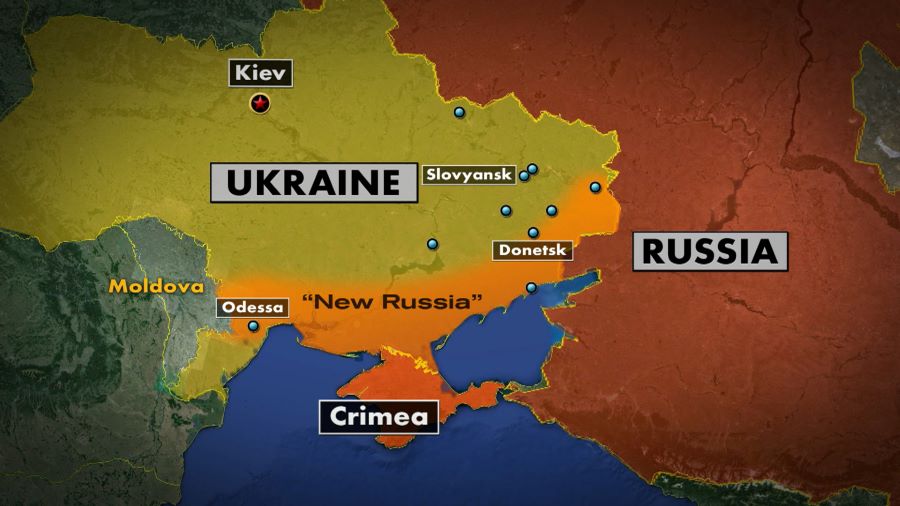


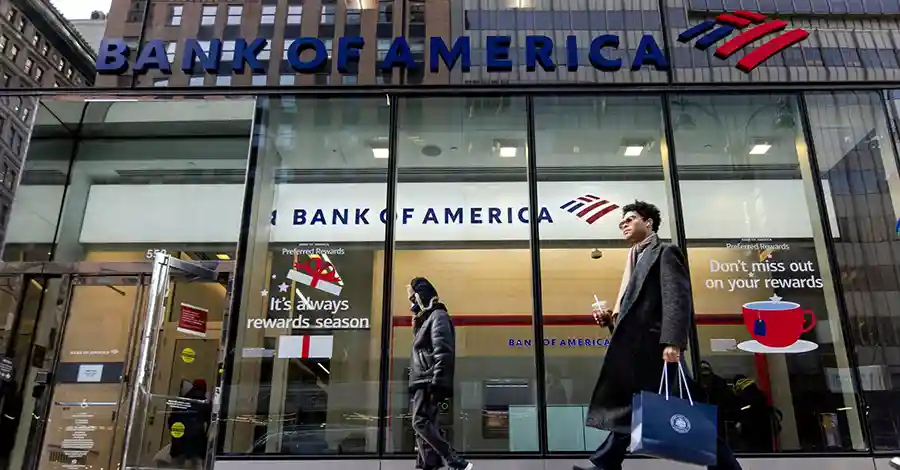

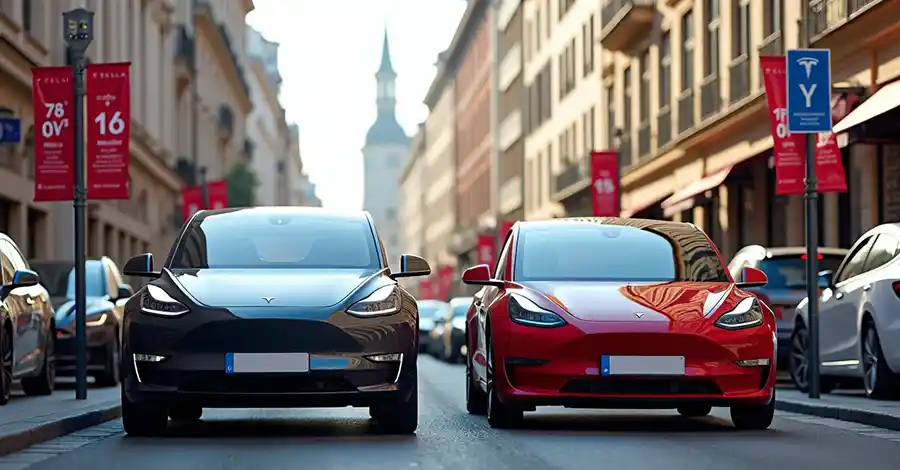
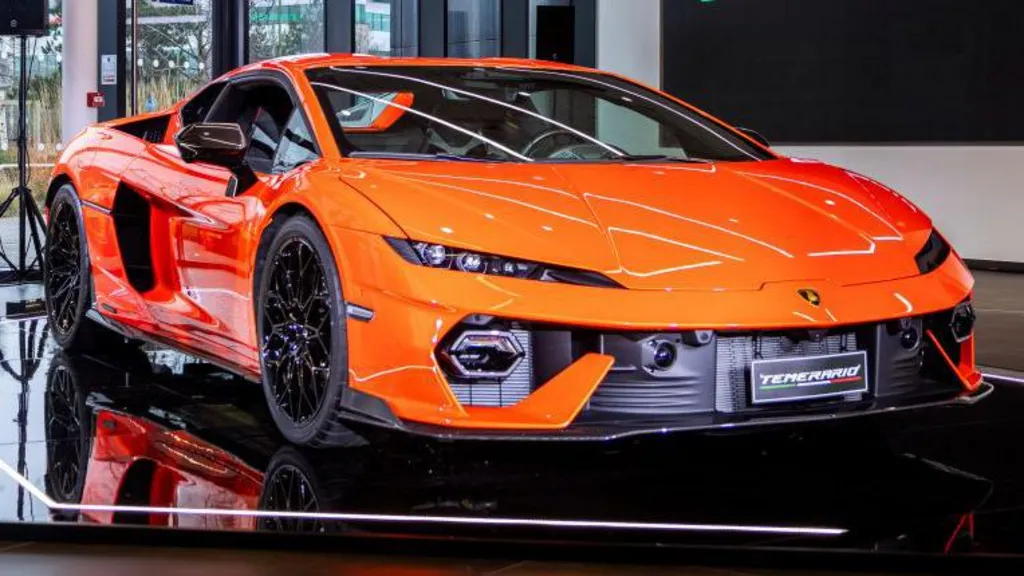
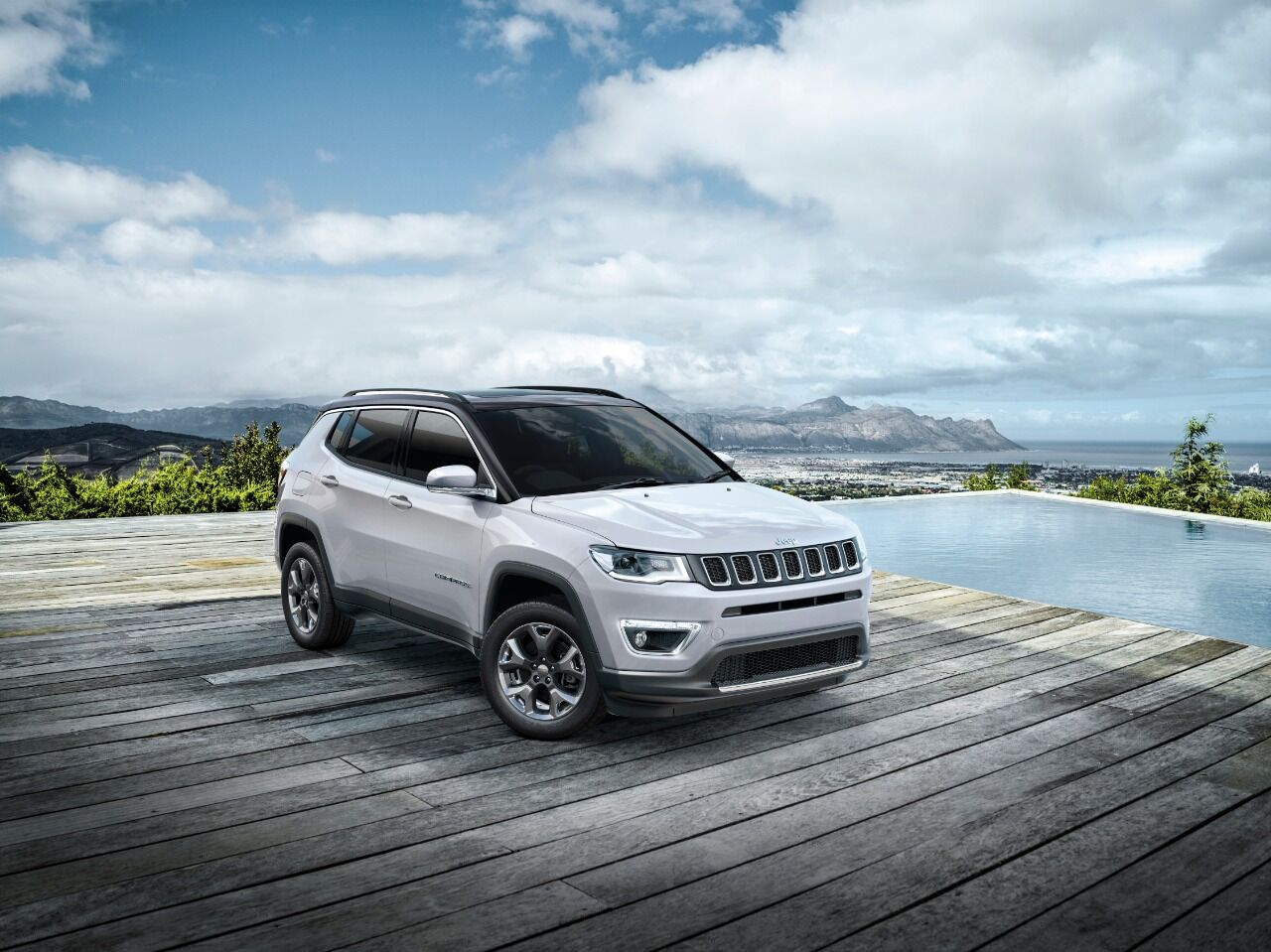
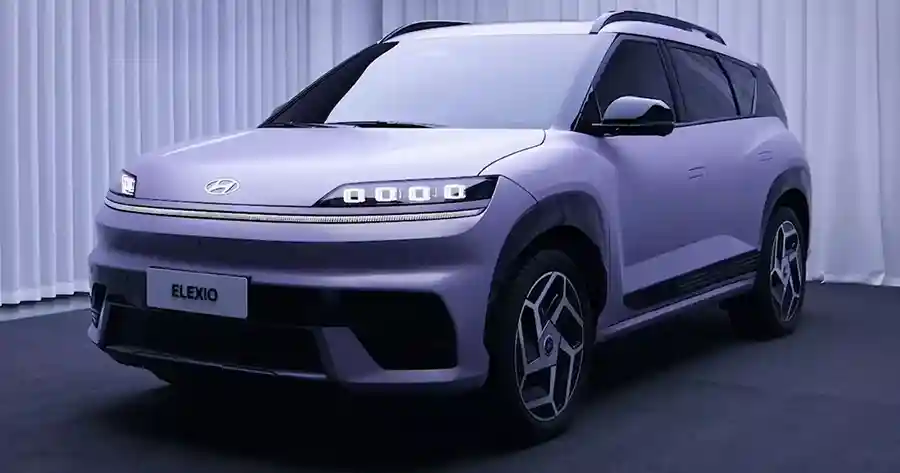




Comments